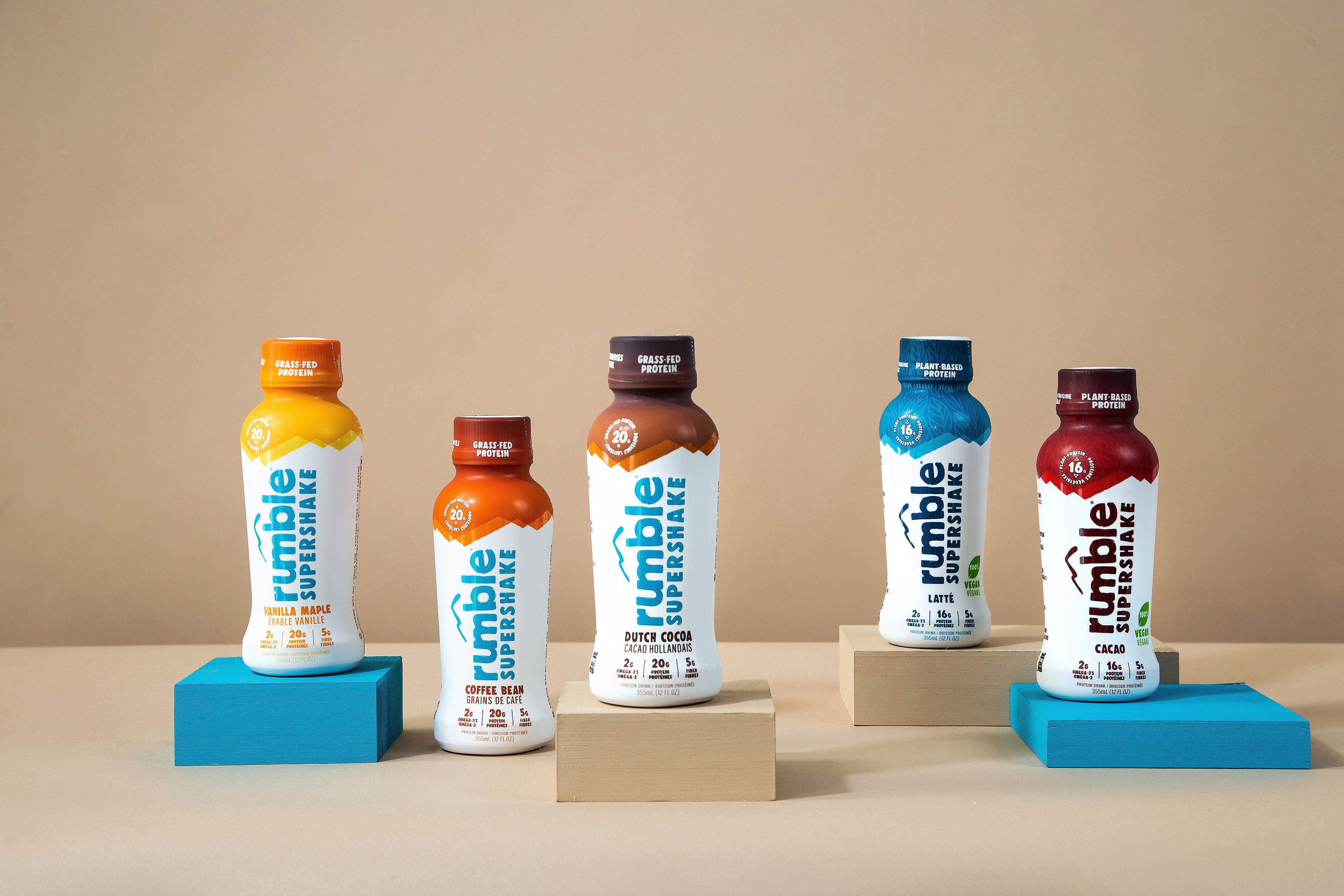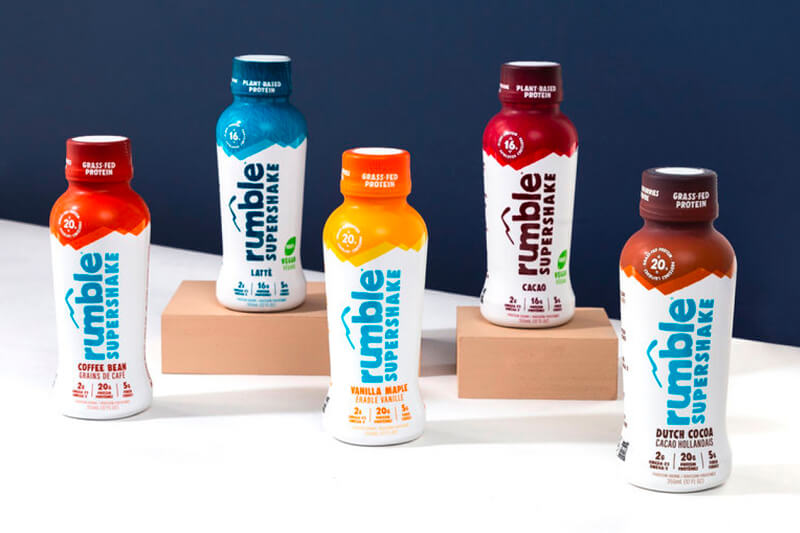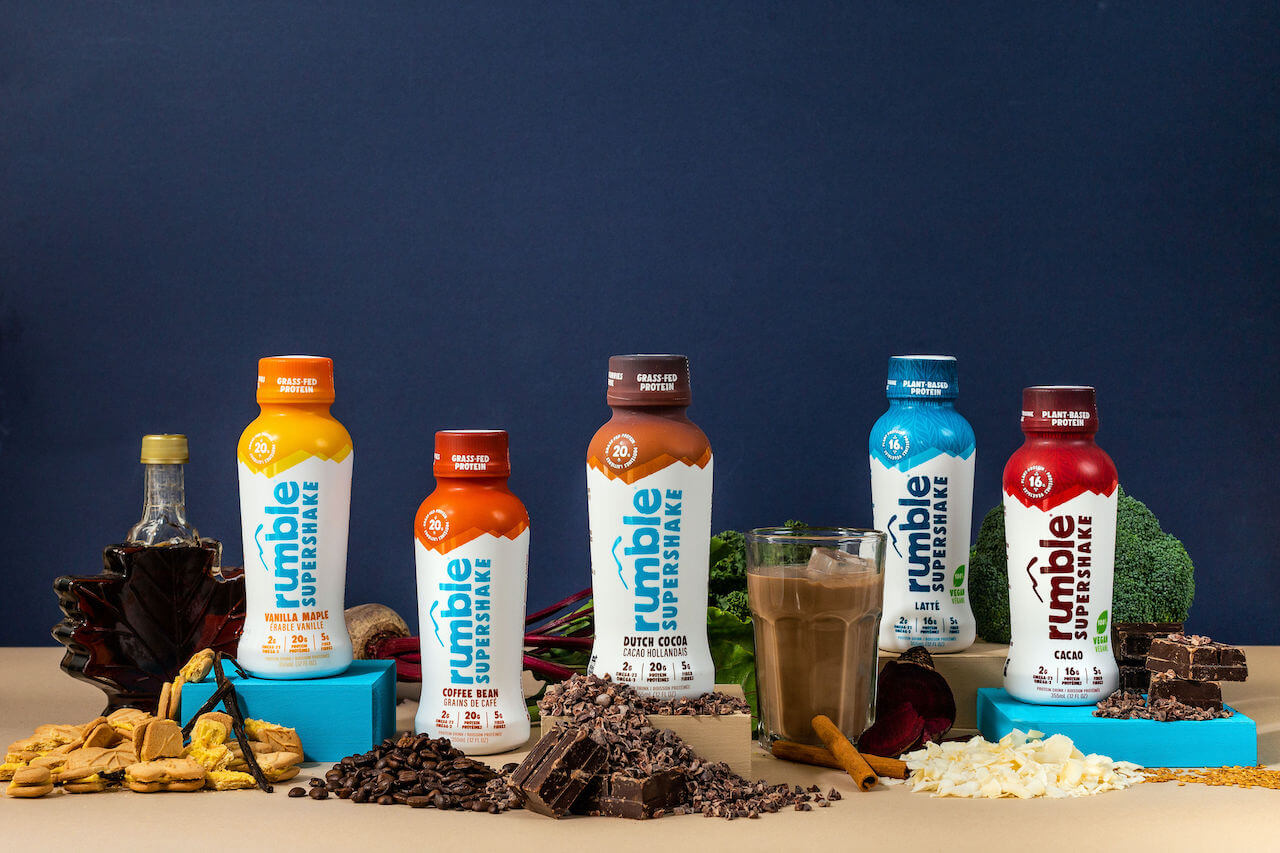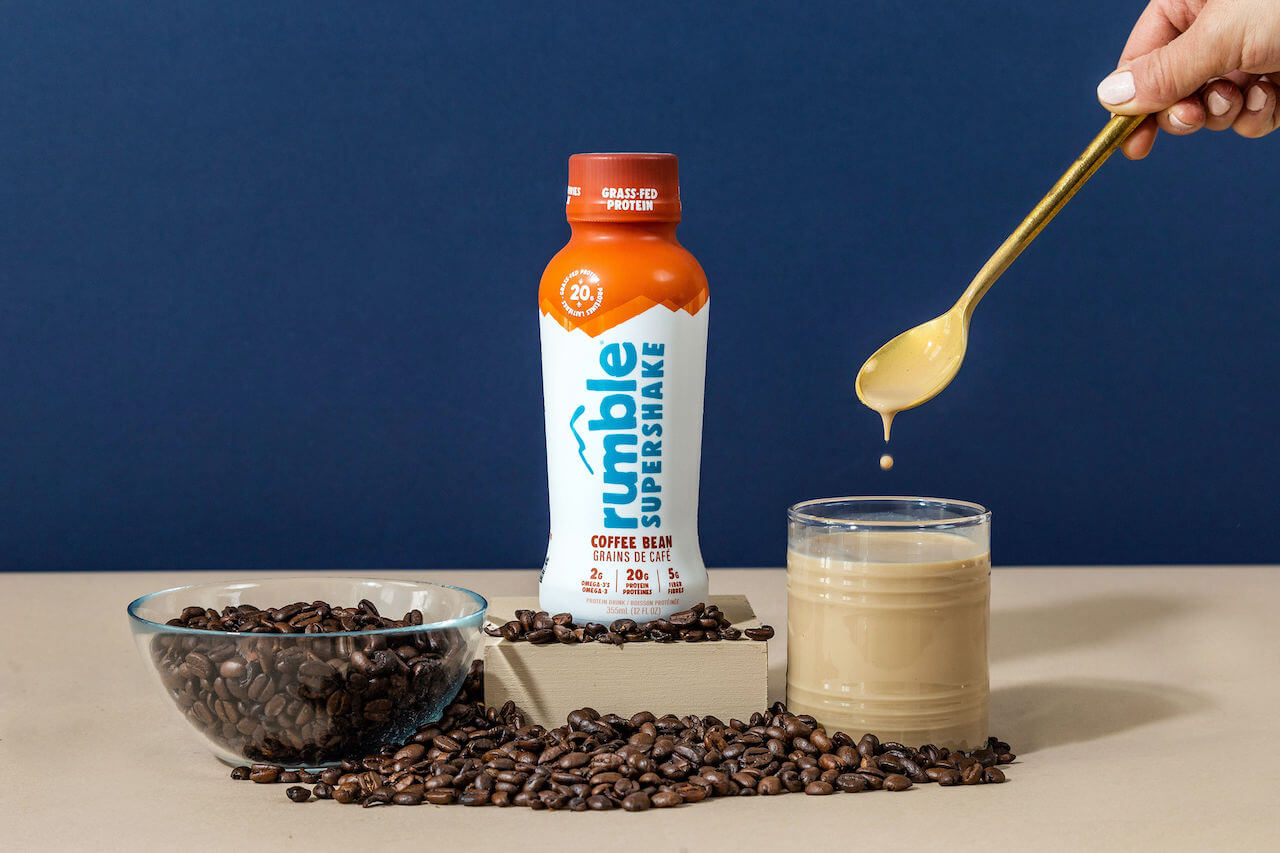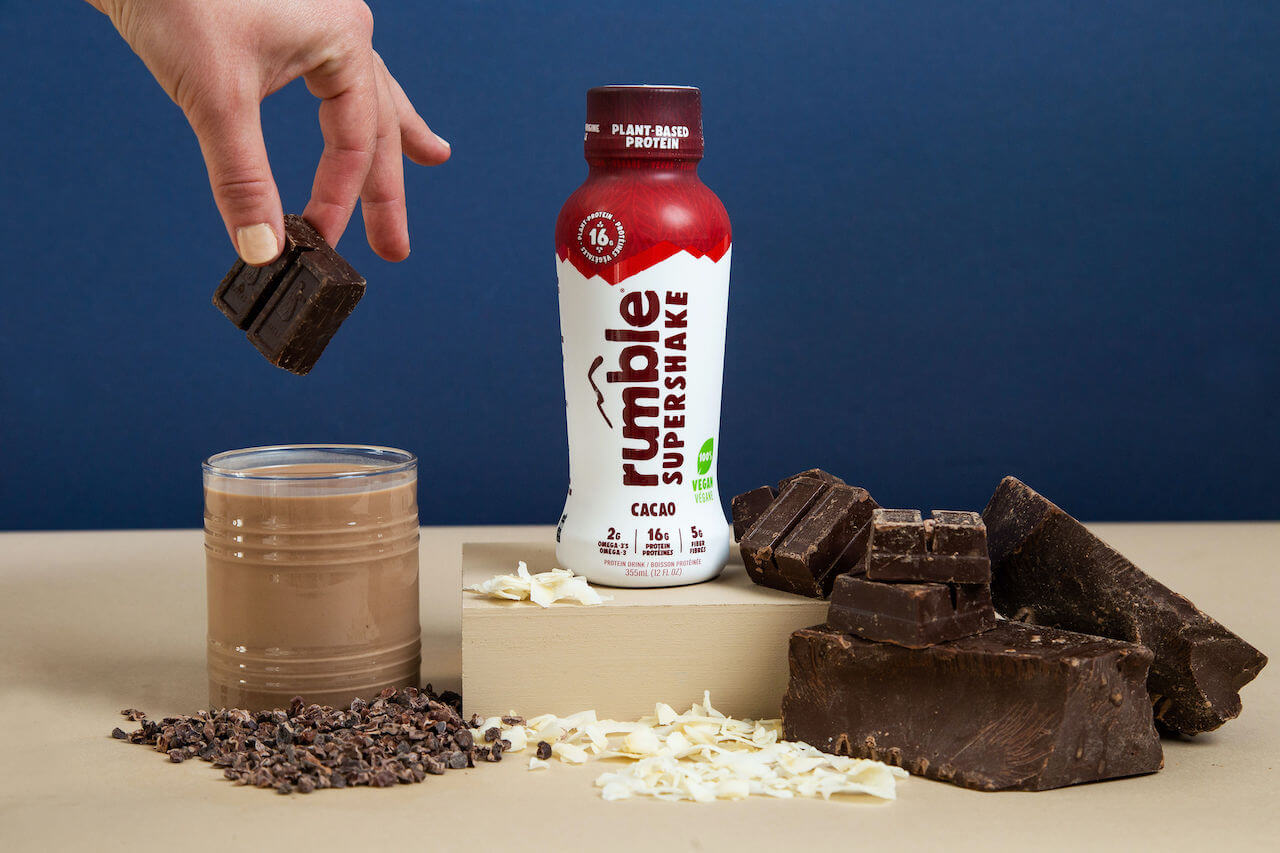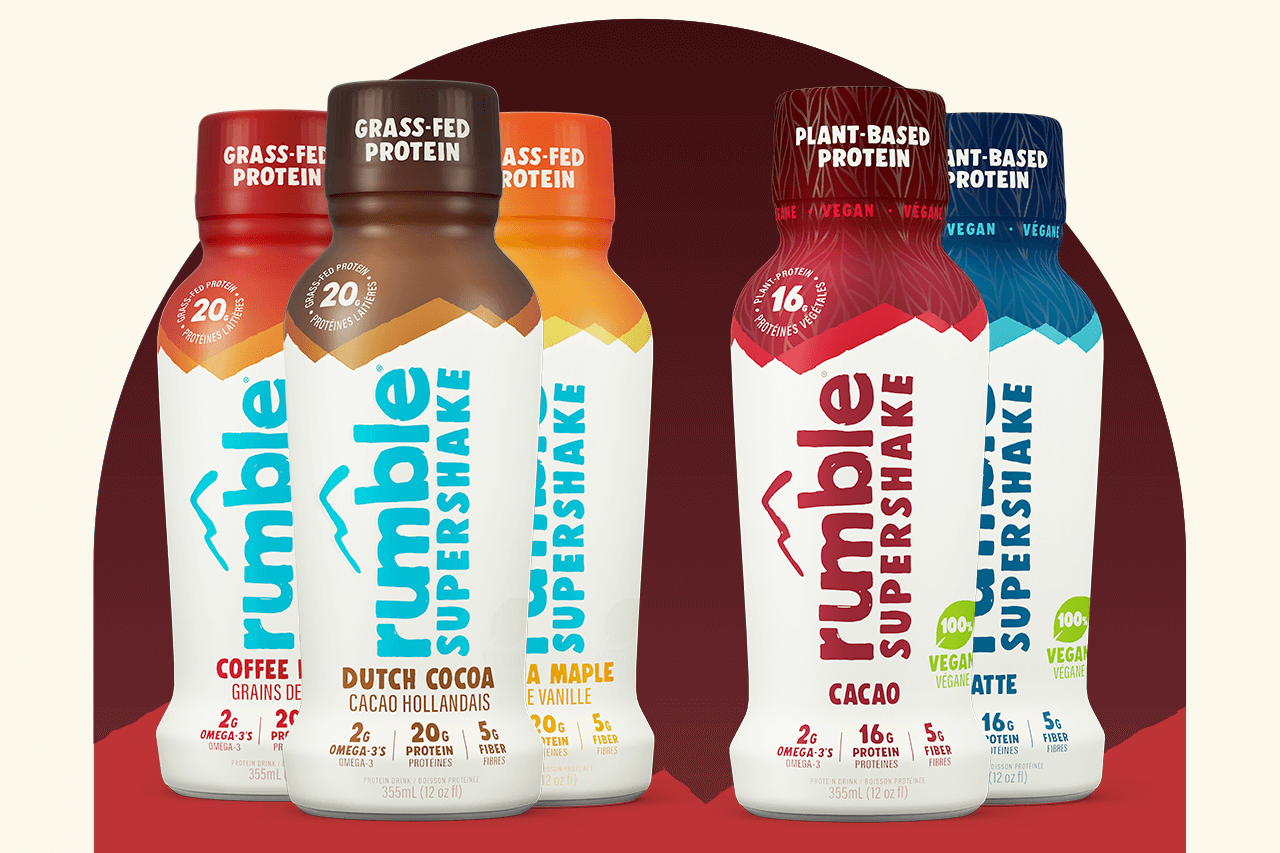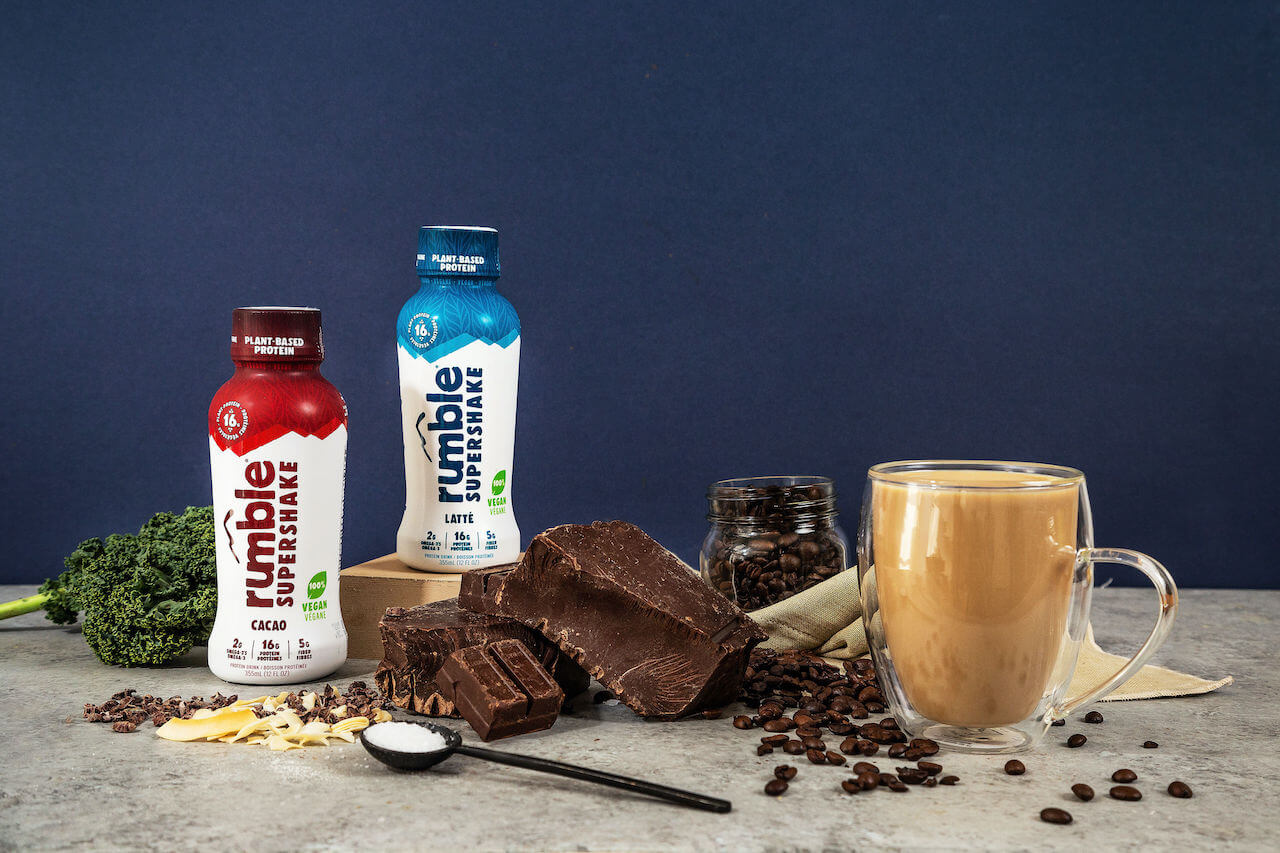Health Hacks from Rumble Founder Paul: Heart-Rate Variability

Did you know that the human heart doesn’t keep an even beat? Sure, our heart rate speeds up and slows down depending on what we’re doing and feeling, but it rarely beats with a totally straight rhythm. The difference in milliseconds between beats is what's called heart rate variability (HRV) - and it’s a big signifier of health.
I first came across HRV several years ago when trying to bring more calm and peace into my life. I learned that doctors use HRV to monitor when a baby is in stress during birth - contrary to what you might expect, a heart rate that doesn’t vary enough in speed is a sign of trouble.
That’s because HRV is connected to your Autonomic Nervous System (ANS), which is the body’s one-stop-shop response system for dealing with stressors (like running a marathon, or encountering a spider).

Your ANS has two subsystems - the activation (sympathetic nervous) system, and rest (parasympathetic nervous) system. The sympathetic system engages your fight-or-flight response, whereas the parasympathetic system takes over in moments of calm and relaxation. When your sympathetic system is engaged - because you’re in the middle of a nerve-wracking presentation, or a set of burpees - your heart rate speeds up, leaving less space for variability in beats. When your parasympathetic, or ‘rest’ system is in charge, your heart rate slows down, providing more room for variability in beats.
All of this is to say that in general, having higher HRV is a good thing. When we’re stressed, fighting illness, dehydrated, overtired, overworked, or out of shape, we tend to have a lower average HRV over time.
This trend makes HRV really interesting to monitor as an indicator of health and wellness. Day-to-day, it can be useful to watch your HRV, and see how it varies from your baseline. A high HRV one day could be a sign you’re ready to take on a more challenging workout, whereas a low HRV could indicate you need to rest.
When HRV is monitored over weeks or months, it becomes a good general indicator of overall fitness, health, and stress levels. The goal is to make your HRV ‘number’ go up slowly over time.

When I first got into measuring HRV, a friend suggested I check out the HeartMath Institute, a non-profit that provides science-backed practices for improving “heart rate coherence” - measured with HRV. Heart rate coherence is when your heart rate syncs with your breath - increasing in speed when you inhale, and decreasing when you exhale.
HeartMath sold a software/hardware package that allowed you to improve coherence by using a program to visualize your HRV on a screen, and power a balloon that lifted you over obstacles the higher your coherence.
Nowadays, many smartwatches, apps, and fitness trackers measure and report on HRV, so it’s easier than ever to monitor.
I got back into it last September with new software for the iPhone. I noticed it on the shelf of the integrated oncology clinic my brother and I stayed at in Germany, and the lead doctor let me borrow it for my stay.
When I got home, I started recording my HRV every morning to give me feedback on my training and rest needs. I’ve found it super helpful to monitor, since I tend to push myself too hard!
Checking in on my HRV each day gives me a prod to take it easy, when I see that my HRV is off from my baseline. If I am too low (sympathetic), or too high (parasympathetic), I choose a lighter activity to maximize my recovery and balance.
On days when I feel scattered, I spend five minutes using the program to bring myself back into a state of coherence.
HRV monitoring has become part of my morning routine (along with checking my heart rate and blood pressure). It’s a big thing, like my morning Rumble Supershake, that’s helped me optimize my mental and physical health over the last year.

Interested in monitoring your HRV? The following fitness trackers and apps can get you started:
Fitbit (select models)


